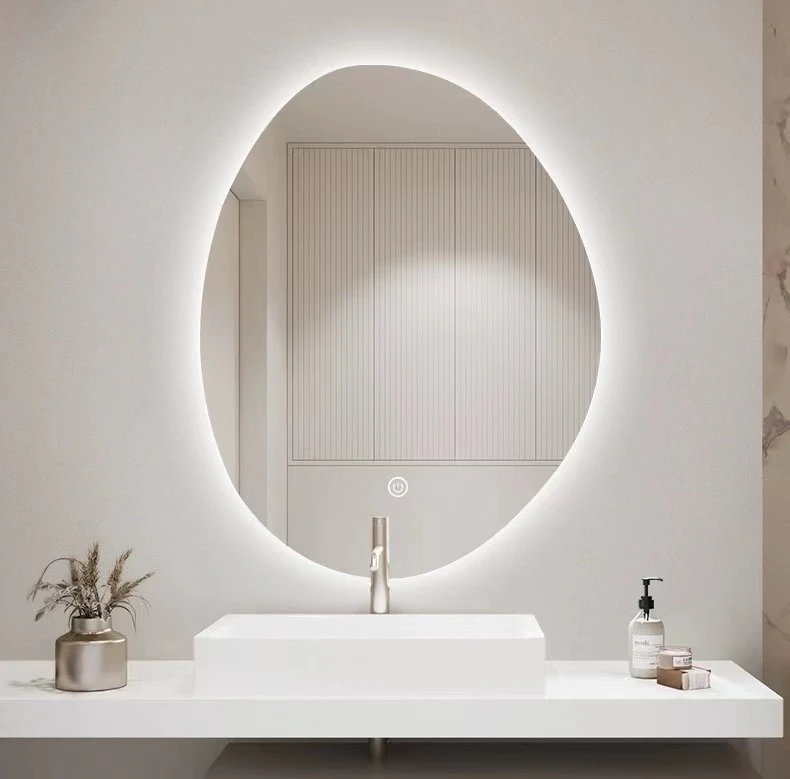

The Fascinating World of Thin Mirror Glass
Thin mirror glass is a remarkable material that has found its way into various applications, from architectural innovations to the automotive industry. Unlike traditional glass mirrors, thin mirror glass offers a unique combination of properties, making it highly versatile and desirable. This article delves into the characteristics, benefits, and applications of thin mirror glass, showcasing its significant role in modern technology and design.
One of the most notable features of thin mirror glass is its lightweight nature. As the name suggests, thin mirror glass is produced at a significantly reduced thickness compared to conventional mirror glass. This reduction in weight translates into easier handling, transportation, and installation. For architects and designers, this means the potential for larger installations without the burden of heavy materials. The lightweight property is particularly beneficial for high-rise buildings, where heavy materials can pose structural challenges.
Moreover, the thinness of the glass leads to a greater flexibility in design. Architects can create innovative shapes and forms that would otherwise be impossible with traditional mirror materials. Thin mirror glass can be installed in curves, shapes, and angles, allowing for creative design solutions that enhance the aesthetics of a space. This flexibility also contributes to the overall energy efficiency of buildings, as designers can maximize natural light while minimizing the heat gained from the sun.
In addition to its design advantages, thin mirror glass possesses excellent optical properties. The reflective surface is designed to provide superior clarity and brightness, enhancing the overall visual experience. This is essential in areas such as retail, where an appealing ambiance is crucial for attracting customers. The high reflectivity ensures that spaces appear larger and more inviting, making it a popular choice for mirrors in shops, showrooms, and homes.

Thin mirror glass is also highly durable. Advances in manufacturing techniques have resulted in a surface that is resistant to scratches and environmental factors, ensuring a long-lasting product. This durability means that thin mirror glass is suitable for various applications, from decorative art installations to functional surfaces in busy environments like hospitals and public transport stations.
The ease of customization is another significant advantage of thin mirror glass. Manufacturers can easily produce glass in a variety of finishes, colors, and coatings to meet specific design requests. Whether it's a tinted mirror for a trendy bar or a minimalist clear mirror for a modern bathroom, the possibilities are endless.
Sustainability is also a key consideration in today’s design selections. Thin mirror glass can be produced using eco-friendly materials and processes, making it a responsible choice for environmentally-conscious consumers. Its lightweight nature not only reduces material usage but also decreases transport emissions, contributing to a smaller carbon footprint in the construction and manufacturing sectors.
In conclusion, thin mirror glass stands out as a remarkable material that revolutionizes the way we perceive and utilize reflective surfaces. Its lightweight nature, design flexibility, optical clarity, durability, ease of customization, and sustainable production methods make it a go-to option for architects, designers, and consumers alike. As we continue to embrace innovation in materials, thin mirror glass is poised to play an increasingly integral role in enhancing our living and working environments. Whether in homes, offices, or public spaces, its presence will undoubtedly continue to inspire creativity and transform everyday experiences.